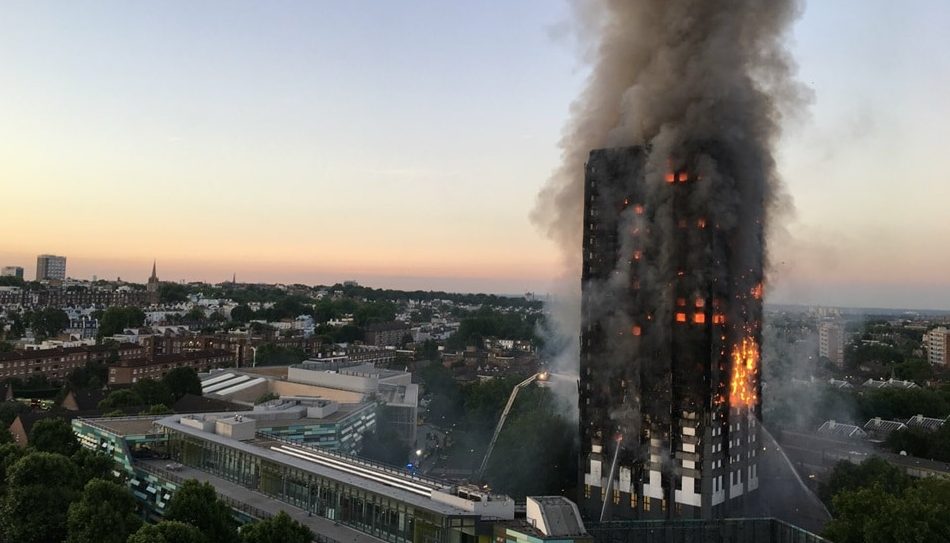Some of the worst man-made disasters in history often have two factors: cost-cutting and neglecting safety measures.
One example is the tragic collapse of the Sampoong Department Store in South Korea, where 500 people were killed.
Major safety failings were identified after the building collapsed. It was revealed the center’s management decided to keep the center open as they didn’t want to lose a day’s revenue. This was despite massive cracks appearing in the roof.
Boss Lee Joon was found guilty of criminal negligence and received a prison sentence of 10-and-a-half years.
But that is by no means the only incident. Some of the worst disasters in the history have been a result of cost-cutting and a lax attitude towards safety. Below are some of the most significant examples of these disasters, where cutting corners had deadly consequences.

Rana Plaza Collapse (2013) – Bangladesh
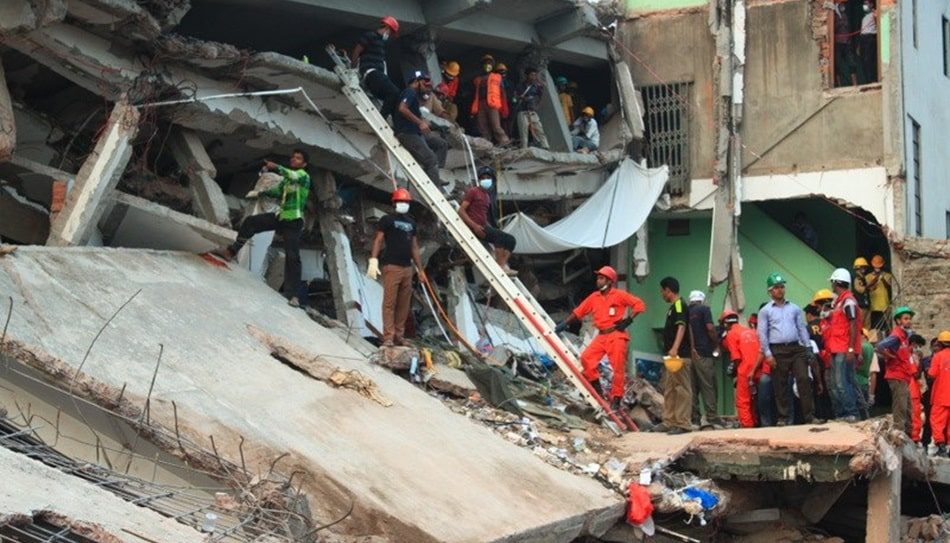
In 2013 the eight-story Rana Plaza building in Dhaka, Bangladesh, collapsed. This resulted in the deaths of more than 1,100 people and leaving over 2,500 injured.
The building housed several garment factories that supplied global fashion brands.
The previous day, visible cracks appeared in the structure, but workers were ordered to return the following day despite warnings. Investigations revealed the building was not designed for industrial use, and unauthorized floors had been added.
Hyatt Regency Walkway Collapse (1981) – USA

The Hyatt Regency Hotel in Kansas City, Missouri, was the site of a disaster in 1981 when two suspended walkways collapsed during a crowded event, killing 114 people and injuring more than 200.
The failure was traced back to a last-minute design change in the walkway’s structure. The original design was altered to simplify construction. However, this led to a critical weakness in the supporting rods, which were unable to handle the weight. This decision was aimed at saving time and reducing complexity.
It resulted in one of the deadliest structural failures in US history.
Grenfell Tower Fire (2017) – UK
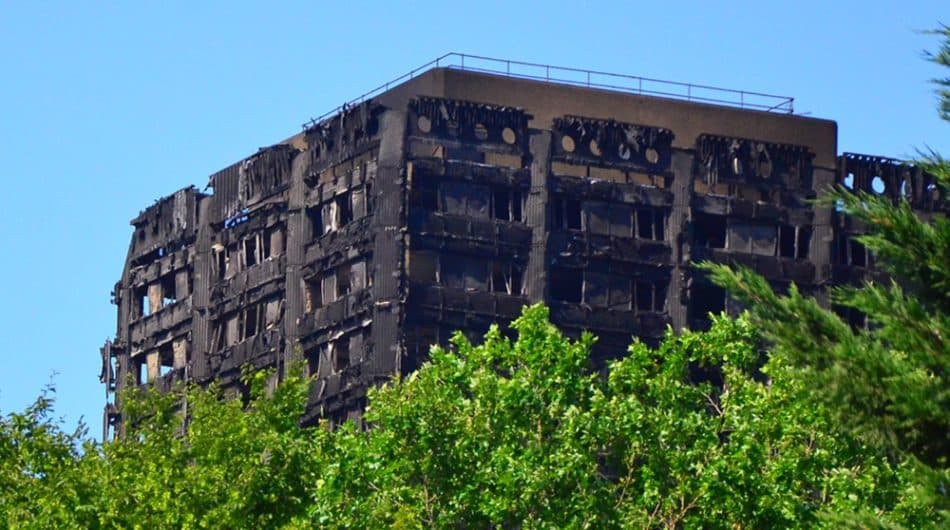
The Grenfell Tower fire in London claimed 72 lives in 2017 and left hundreds without homes. The fire spread rapidly due to the building’s flammable cladding, which was installed during a refurbishment aimed at cutting costs.
The cladding was chosen to improve the building’s appearance. However, cheaper, less fire-resistant materials were used, violating safety regulations. The disaster sparked widespread outrage over the lack of fire safety standards in public housing.
A seven-year inquiry into the disaster has just finished. Sir Martin Moore-Bick, a retired High Court judge, authored the report. The inquiry found the deaths were entirely avoidable.
He said:
“Those who lived in Grenfell Tower were badly failed over a number of years by those who were responsible for ensuring the safety of its occupants.”
Bhopal Gas Tragedy (1984) – India
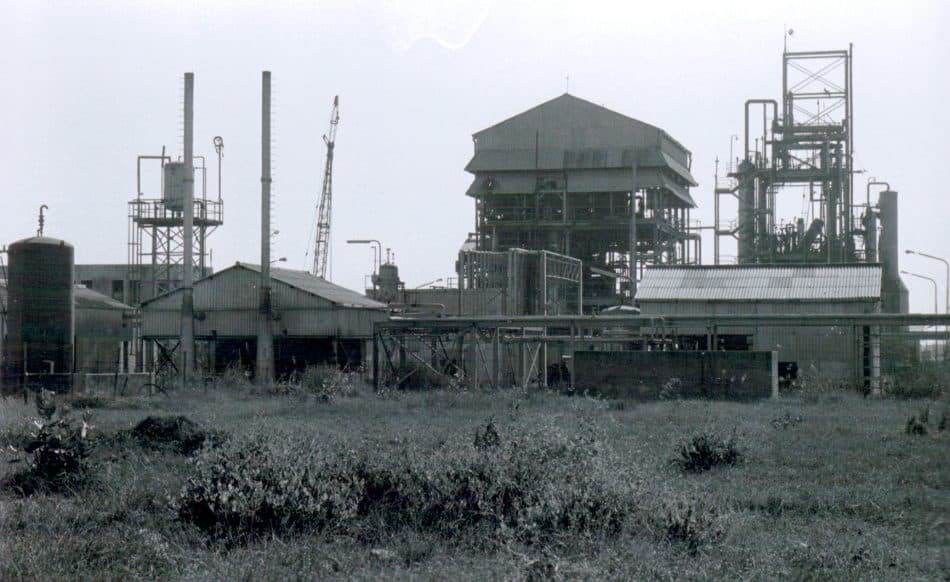
The Bhopal Gas Tragedy remains one of the deadliest industrial disasters in history. In 1984, a pesticide plant owned by Union Carbide in Bhopal, India, leaked toxic methyl isocyanate gas into the surrounding area.
Thousands died instantly, while hundreds of thousands were exposed to the gas, causing long-term health issues. Investigations revealed that safety protocols had been neglected, equipment was poorly maintained, and cost-saving measures had been prioritized over safety.
The plant’s operating budget had been slashed, leading to reduced staffing and inadequate training, which made it impossible to handle the emergency effectively.
Need Career Advice? Get employment skills advice at all levels of your career
Fukushima Daiichi Nuclear Disaster (2011) – Japan
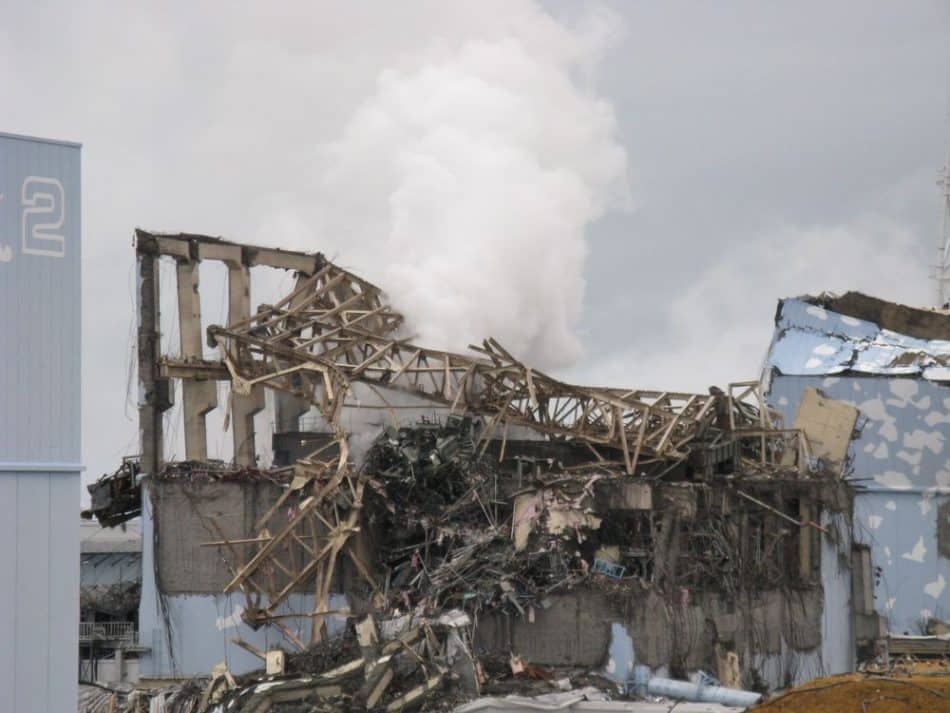
While the Fukushima Daiichi nuclear disaster in Japan was triggered by a massive earthquake and tsunami, the failure of the plant’s cooling systems and the subsequent nuclear meltdown could have been avoided.
TEPCO, the plant’s operator, had ignored warnings about the need for higher sea walls and delayed necessary upgrades to cut costs.
These poor decisions left the plant vulnerable to flooding, which ultimately led to the failure of critical safety systems and the release of radiation into the environment.
Space Shuttle Challenger Disaster (1986) – USA
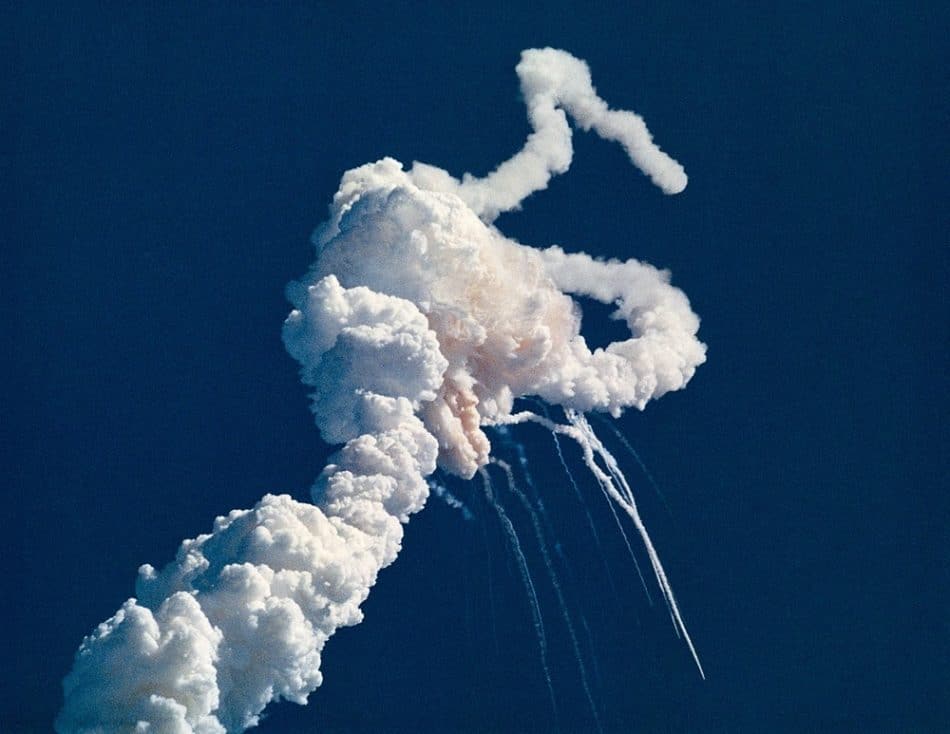
The Space Shuttle Challenger disaster claimed the lives of all seven crew members. It was caused by the failure of an O-ring seal on one of the shuttle’s rocket boosters.
Engineers had warned about the risk of the O-ring failing in cold temperatures, but NASA management, under pressure to meet deadlines and budget constraints, decided to proceed with the launch.
The resulting explosion just 73 seconds after liftoff was a devastating example of how ignoring expert warnings in favor of maintaining a schedule can causes disasters.
Hiring? Post jobs for free with WhatJobs
Aberfan Disaster (1966) – UK
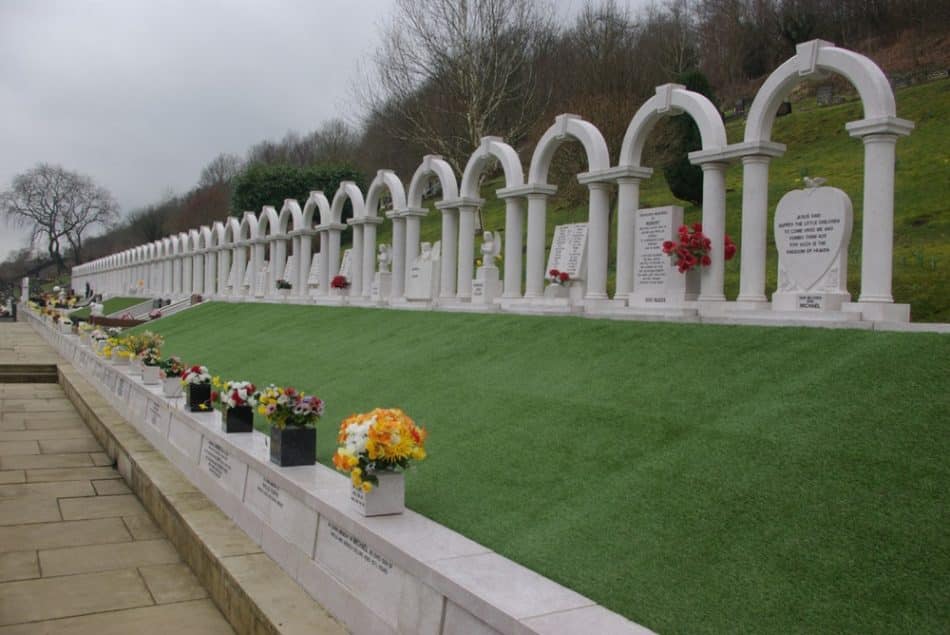
The Aberfan disaster occurred in a small Welsh village when a colliery spoil tip collapsed, burying a school and surrounding houses.
A total of 144 people, including 116 children, were killed.
The National Coal Board had received multiple warnings about the instability of the spoil tip, which was located on top of a natural spring, but no action was taken.
The decision to ignore these warnings and continue operations without addressing the risks was driven by a desire to minimize costs, ultimately leading to a preventable tragedy.
Main Image: Natalie Oxford (Wikipedia Commons)
